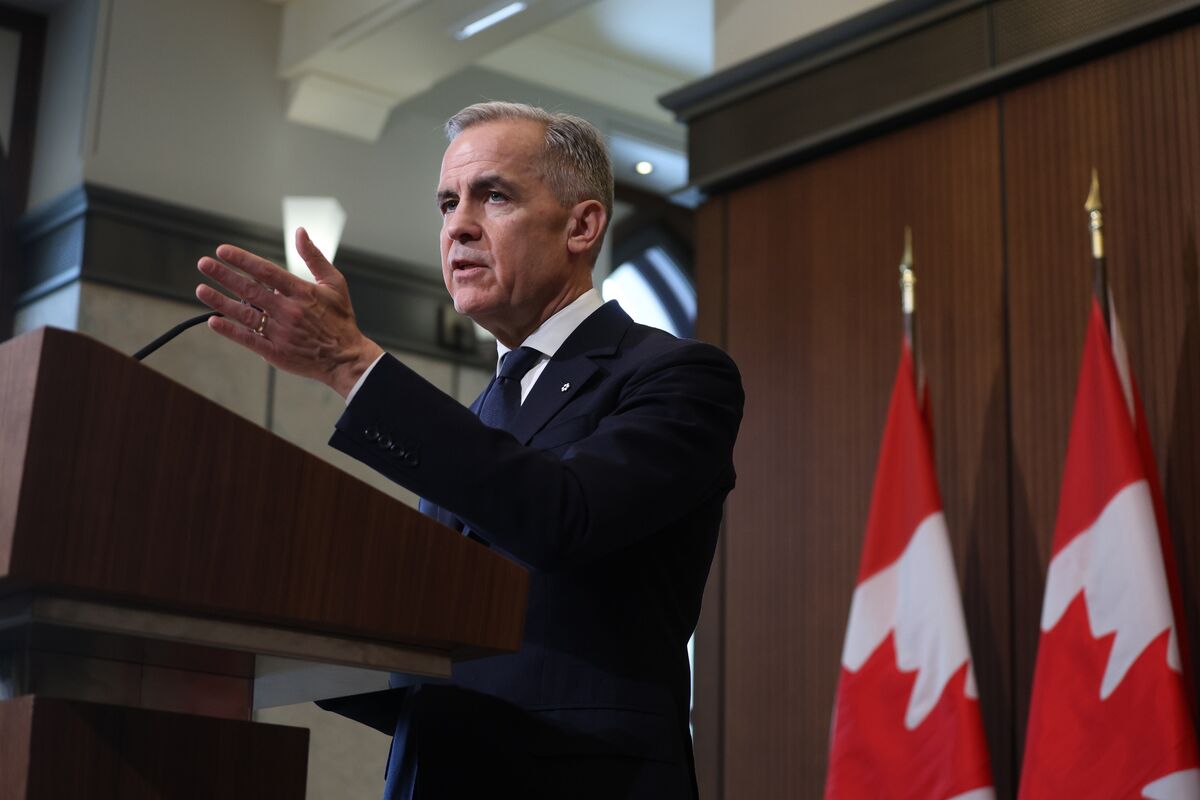US-Canada Trade: Trump's Concessions, Election Impact
The renegotiation of the North American Free Trade Agreement (NAFTA) under the Trump administration significantly impacted US-Canada trade relations. While the resulting United States-Mexico-Canada Agreement (USMCA) ultimately preserved the largely free-flowing trade between the two countries, the process was fraught with tension and concessions, leaving lasting effects that continue to resonate, particularly in the context of US elections.
Trump's Concessions: A Pragmatic Retreat?
Donald Trump's campaign rhetoric positioned NAFTA as a disastrous deal for the US, promising to renegotiate it aggressively. However, his administration’s actions ultimately revealed a more nuanced approach. While Trump secured some changes to the agreement, he also made significant concessions to Canada, highlighting the inherent complexities of severing deep-seated economic ties.
Key Concessions to Canada:
-
Dairy Access: One of the most contentious issues was dairy access. Canada, known for its protected dairy industry, had to make concessions to allow increased US dairy imports. However, these were less sweeping than Trump’s initial demands suggested, indicating a pragmatic shift in negotiating strategy. This concession was strategically important for maintaining Canada’s participation in the trade agreement. The impact on Canadian dairy farmers has been a subject of ongoing debate and policy adjustments.
-
Dispute Resolution: Maintaining robust dispute resolution mechanisms was crucial for Canada. While the USMCA modified some aspects, it largely preserved the ability of businesses to challenge unfair trade practices, a vital component for ensuring fair competition. This concession reflects the recognition that a strong dispute resolution system is fundamental for fostering trust and encouraging investment within the trilateral trade bloc.
-
Sunset Clause: Although the USMCA included a sunset clause (a provision for automatic termination after a specified period), its inclusion reflected a negotiation tactic rather than a decisive victory for the US. This clause ultimately became less impactful in its intended goal of ensuring future renegotiations. It added uncertainty to trade relations but ultimately didn't fundamentally alter the long-term trade arrangement.
Election Impact: A Shifting Trade Landscape
The renegotiation of NAFTA and the subsequent USMCA significantly influenced US electoral politics. Trump’s tough stance on trade resonated with a segment of the electorate concerned about job losses and economic insecurity. However, the ultimate concessions he made to Canada also demonstrated the limits of his protectionist agenda in the face of established economic realities.
The 2020 Election and Beyond:
The 2020 election saw a continued focus on trade issues, although the specific impact of USMCA was less pronounced than anticipated. Both candidates acknowledged the importance of trade with Canada, reflecting the deep economic integration between the two countries. The focus shifted to broader economic concerns and strategies, but the underlying tensions related to trade remained a significant factor in the political landscape.
Future elections will likely continue to see trade as a significant talking point. The ongoing debate about the efficacy of protectionist measures versus free trade agreements will shape political discourse, especially concerning sectors directly affected by USMCA, such as agriculture and manufacturing.
Analysis and Future Outlook:
The USMCA, despite its tumultuous negotiation, solidified the enduring economic partnership between the US and Canada. While Trump's administration aimed for a more protectionist approach, the concessions made to Canada underscored the inherent complexities of dismantling decades-long trade relationships. The impact on future elections will likely be nuanced, with trade remaining a significant policy area but possibly overshadowed by other pressing economic and social concerns. The long-term implications of the USMCA will continue to unfold, requiring ongoing monitoring and adjustments to address evolving economic circumstances and political realities. The health and stability of this trade relationship remain critical for both countries’ economic prosperity.
